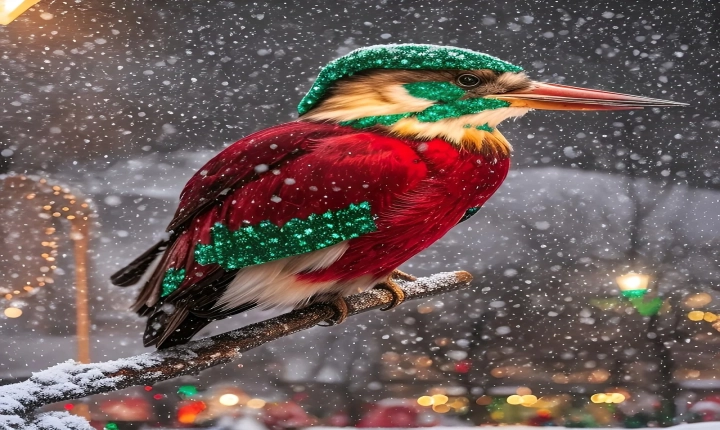Identifying objects and patterns within an image is a crucial task in the field of artificial intelligence (AI). With the advancements in machine learning and computer vision, Python has emerged as a powerful language for implementing image recognition algorithms. In this article, we will explore how to identify images using AI in Python.
The first step in identifying images using AI in Python is to understand the basic concepts of image recognition. Image recognition involves training a machine learning model to recognize objects, patterns, or features within an image. This can be achieved using various techniques such as deep learning, convolutional neural networks (CNNs), and image classification algorithms.
One of the most popular libraries for implementing image recognition in Python is TensorFlow. TensorFlow provides an extensive set of tools for building and training deep learning models, including those used for image recognition. Another widely-used library is OpenCV, which offers a variety of computer vision algorithms and tools for processing and analyzing images.
To get started with image recognition in Python, you can use pre-trained models such as MobileNet, Inception, or ResNet, which are available in TensorFlow’s model zoo. These pre-trained models have been trained on large datasets and can be easily used for image recognition tasks without the need for extensive training.
Here is a simple example using TensorFlow to identify images in Python:
“`python
import tensorflow as tf
from tensorflow import keras
import numpy as np
import matplotlib.pyplot as plt
# Load the pre-trained MobileNet model
model = tf.keras.applications.MobileNetV2(weights=’imagenet’)
# Load and preprocess the image
img_path = ‘path_to_image.jpg’
img = keras.preprocessing.image.load_img(img_path, target_size=(224, 224))
img_array = keras.preprocessing.image.img_to_array(img)
img_array = np.expand_dims(img_array, axis=0)
img_array = tf.keras.applications.mobilenet_v2.preprocess_input(img_array)
# Predict the class of the image
predictions = model.predict(img_array)
decoded_predictions = keras.applications.mobilenet_v2.decode_predictions(predictions)
# Display the top 3 predictions
for i in range(3):
label = decoded_predictions[0][i][1]
confidence = decoded_predictions[0][i][2]
print(f'{label}: {confidence:.2f}’)
# Display the image
plt.imshow(img)
plt.show()
“`
In this example, we load the pre-trained MobileNetV2 model and use it to predict the class of an input image. The image is preprocessed and fed into the model, and the top predictions are displayed along with their confidence scores.
Another popular approach to image recognition in Python is to use OpenCV for tasks such as object detection, facial recognition, and feature extraction. OpenCV provides a set of powerful tools for processing and analyzing images, making it a valuable resource for implementing image recognition algorithms.
In summary, identifying images using AI in Python involves leveraging the power of machine learning and computer vision libraries such as TensorFlow and OpenCV. By using pre-trained models and sophisticated algorithms, developers can build robust and accurate image recognition systems that can be applied to a wide range of applications, including object recognition, image classification, and visual search. As AI and machine learning continue to advance, the possibilities for image recognition in Python are only limited by the imagination of developers and researchers.
